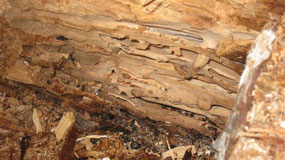
P
We will solve your Insect problems
Flat-headed and round-headed wood borers are two of the most common culprits when it comes to insect damage in log and timber homes. These pests leave behind small, oval-shaped holes in the logs and often lay eggs in shallow pits within the bark. Once the eggs hatch—typically within 2 to 4 weeks—the larvae bore deep into the wood, feeding as it dries. While their life cycle is usually 1 to 2 years, larvae can continue feeding for up to seven years if moisture levels are low, causing long-term structural damage. Our expert insect damage repair services address these threats by identifying active infestations and restoring the integrity of your log home. For new construction, we recommend using kiln-dried logs treated with borate-based solutions like Tim-Bor or Pene-Treat (available through Log Pro) to prevent future damage.
Give us a call or contact us today to get started!
Powerpost Beetles
Powerpost beetles prefer unheated areas. Their size is about 1/8″ to 5/16″. We have found them in seasonal homes. They prefer sapwood of ring-porous and diffuseporous hardwoods with a high starch content. The tell tail sign is a small pile of fine brown flour-like wood material. We recommend for treatment Bora-Care, or Tim-Bor and Bug Juice. Call Log-Pro to order product
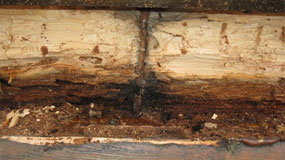
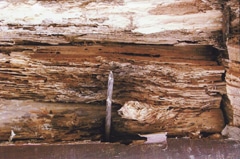
Carpenter Ants
If you find that your log or timber home has a moisture problem or one side is always wet or damp, look for ants. Carpenter ants are large and black in color. You may want to follow them and see where they are leading you too. They can enter your home by way of vegetation that overhangs or touches the home. Be sure to keep all trees or shrubs cut back from your home. Keep moisture from your home and treat area with Tim-Bor or Bora-Care. When staining, use Bug Juice as a deterrent. Call Log-Pro to order product
Carpenter Bees
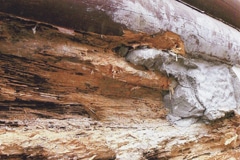
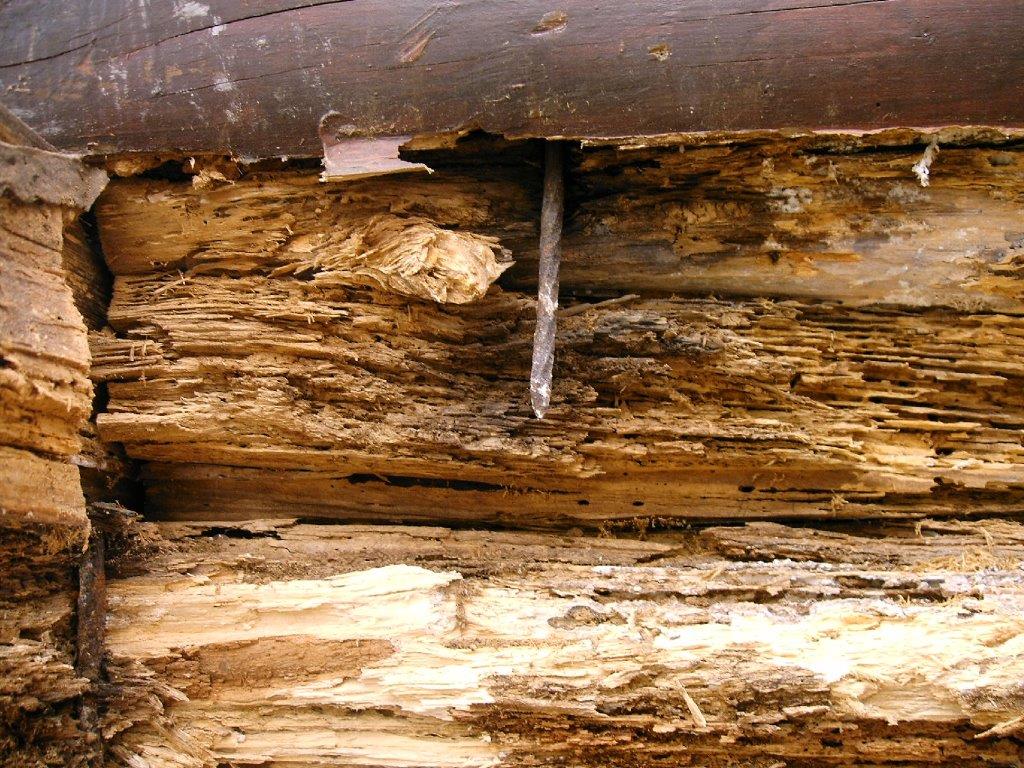
K
eep the bugs out
With A Strong Line of Defense
With our specially formulated pesticide, our application with deter bugs from entering your log home. Treated cabins are proven to have less damage and pests inside. We apply our pesticides to the foundation, as well as window and door exteriors.
These bug barriers are typically effective for 6 months, and can be reapplied when necessary. Contact our team today to keep these pests out of your home and your life!

